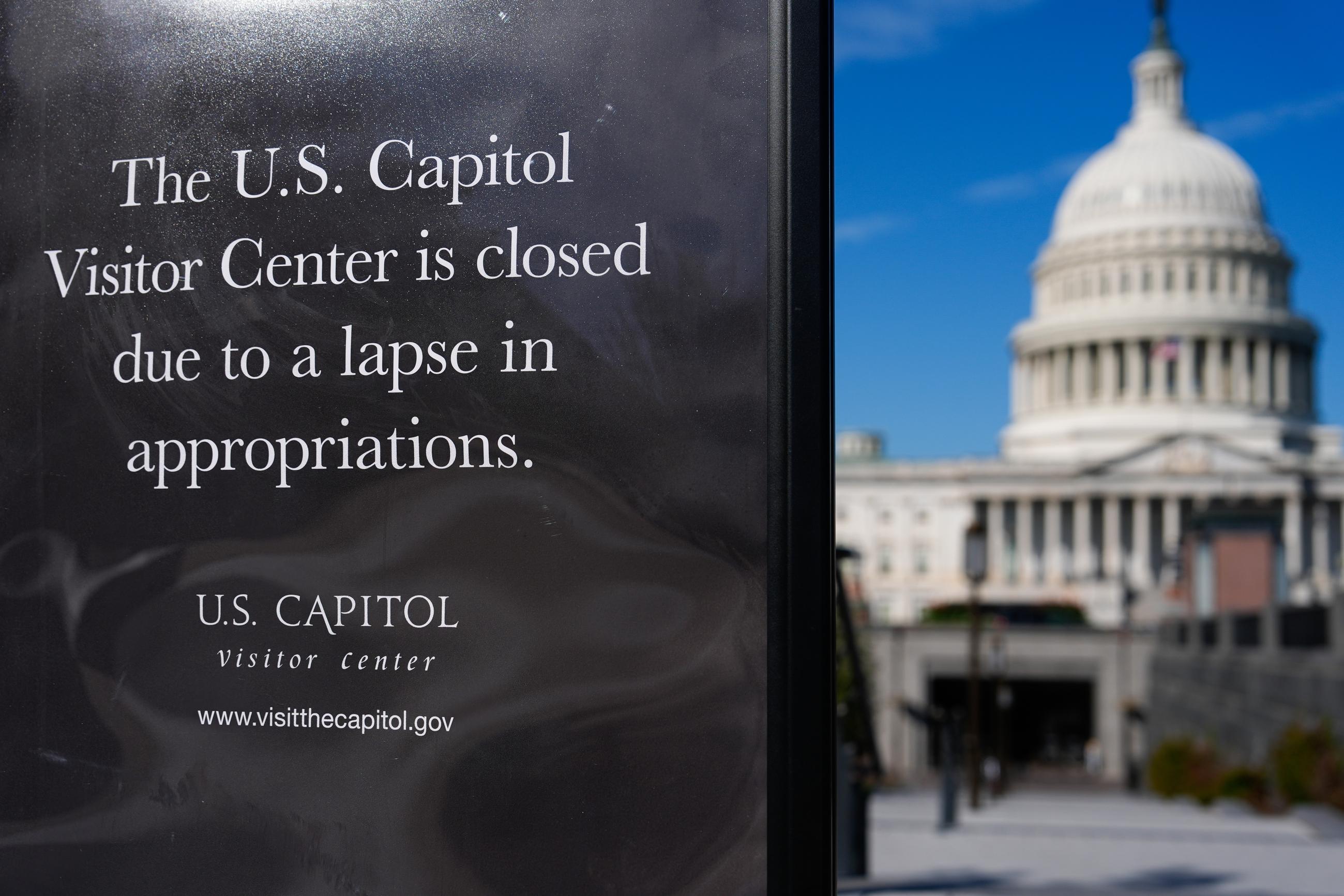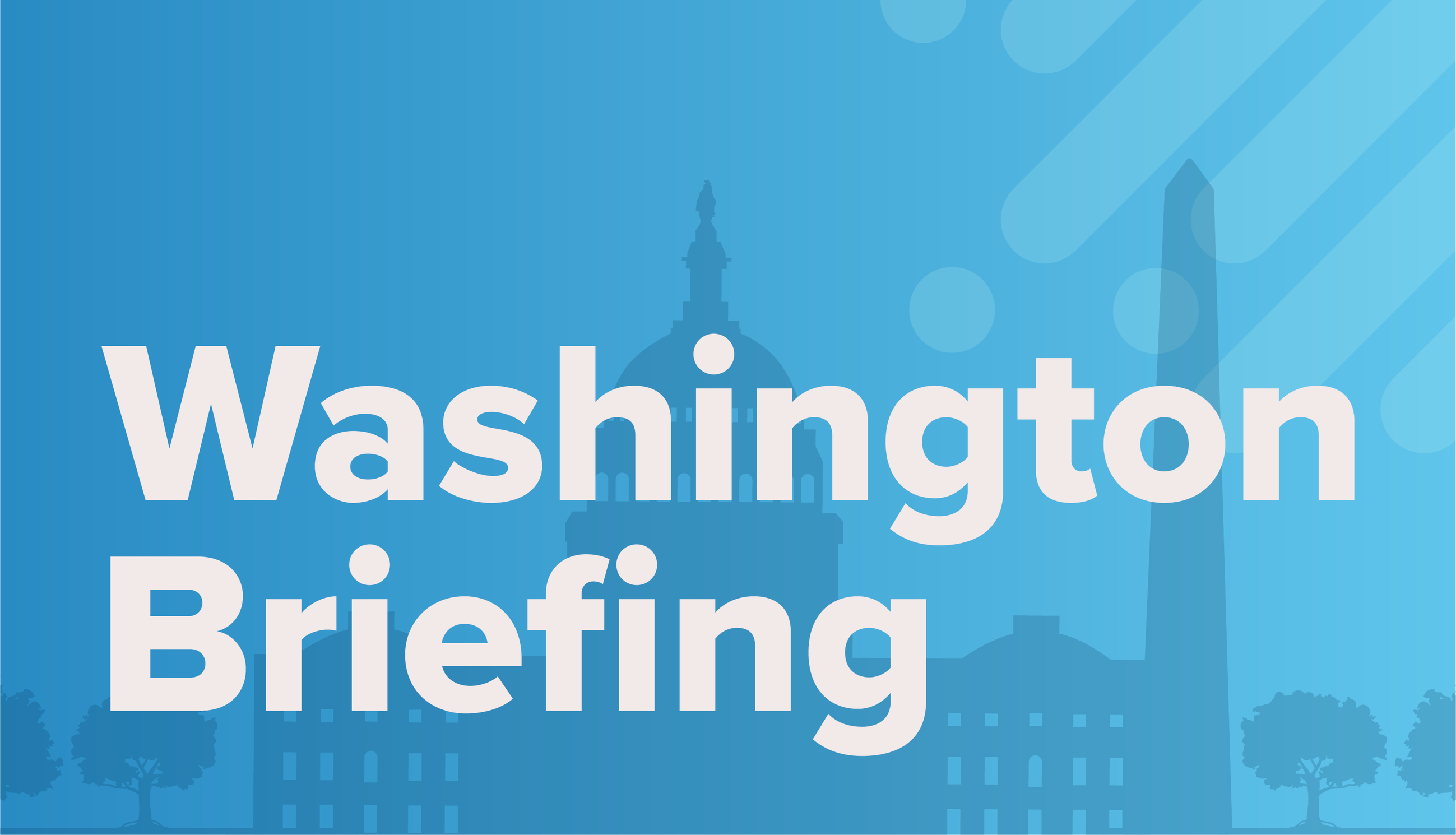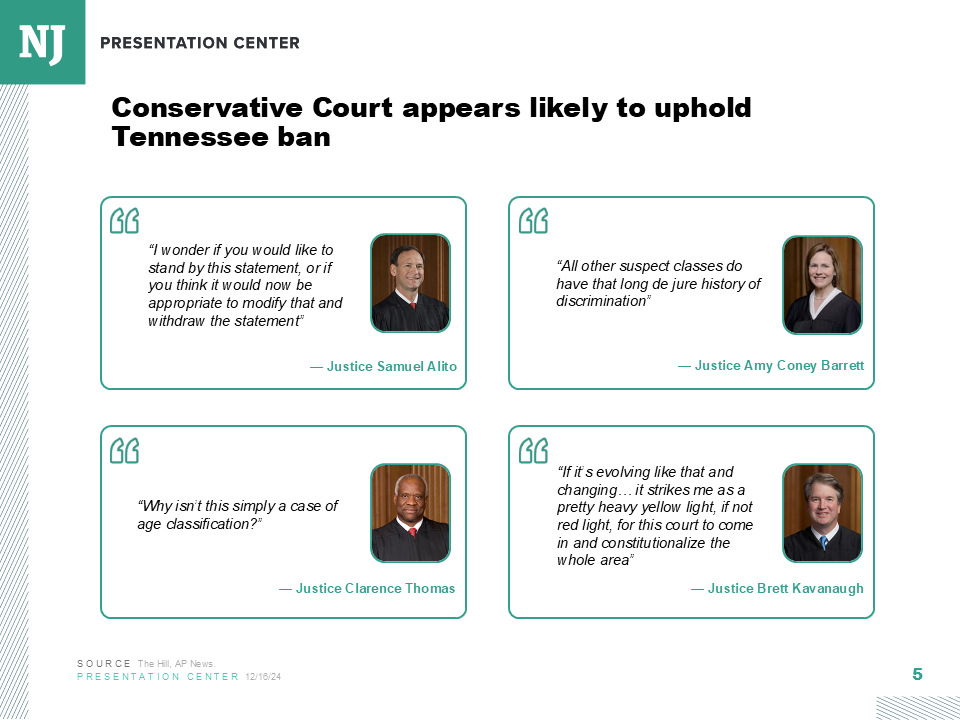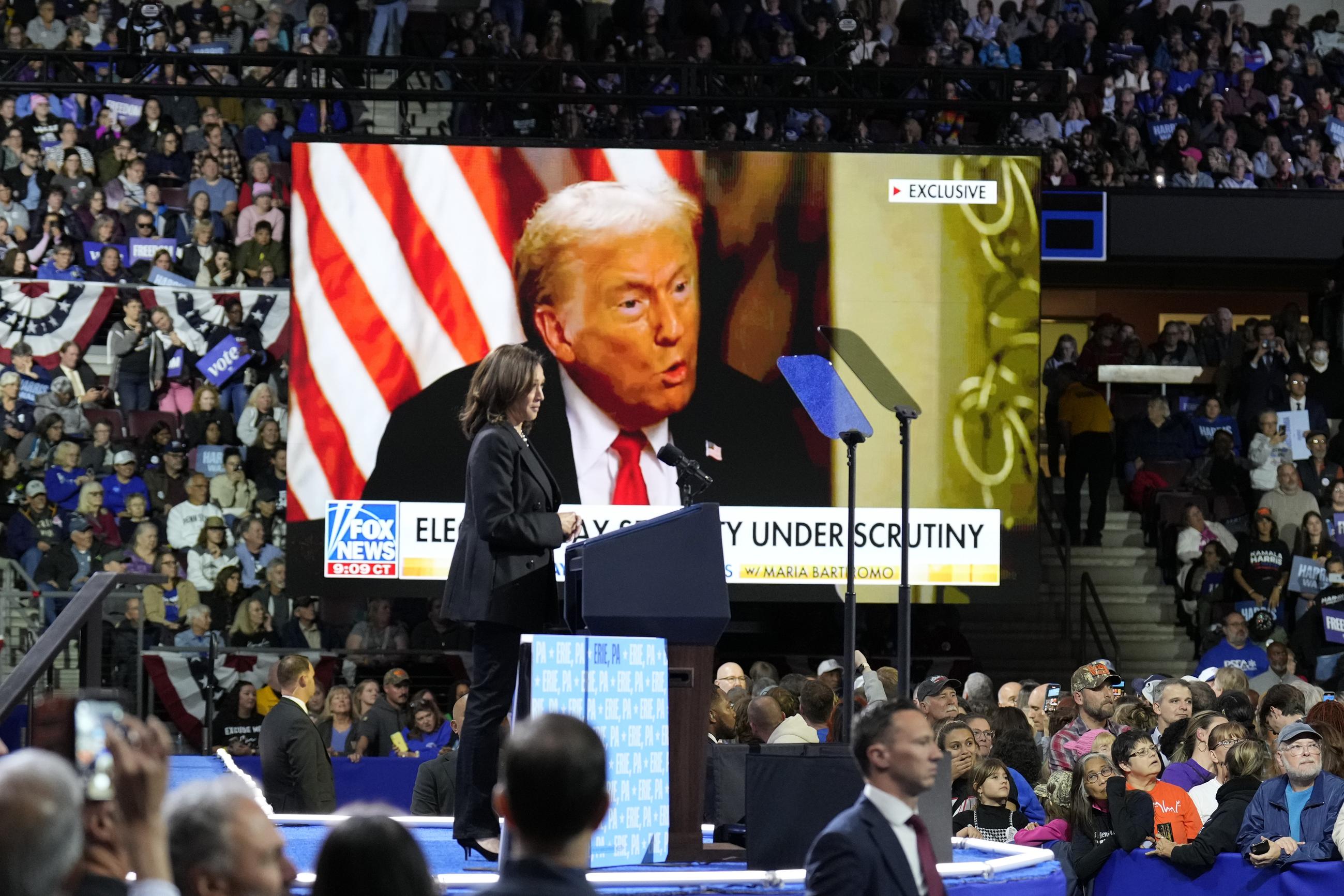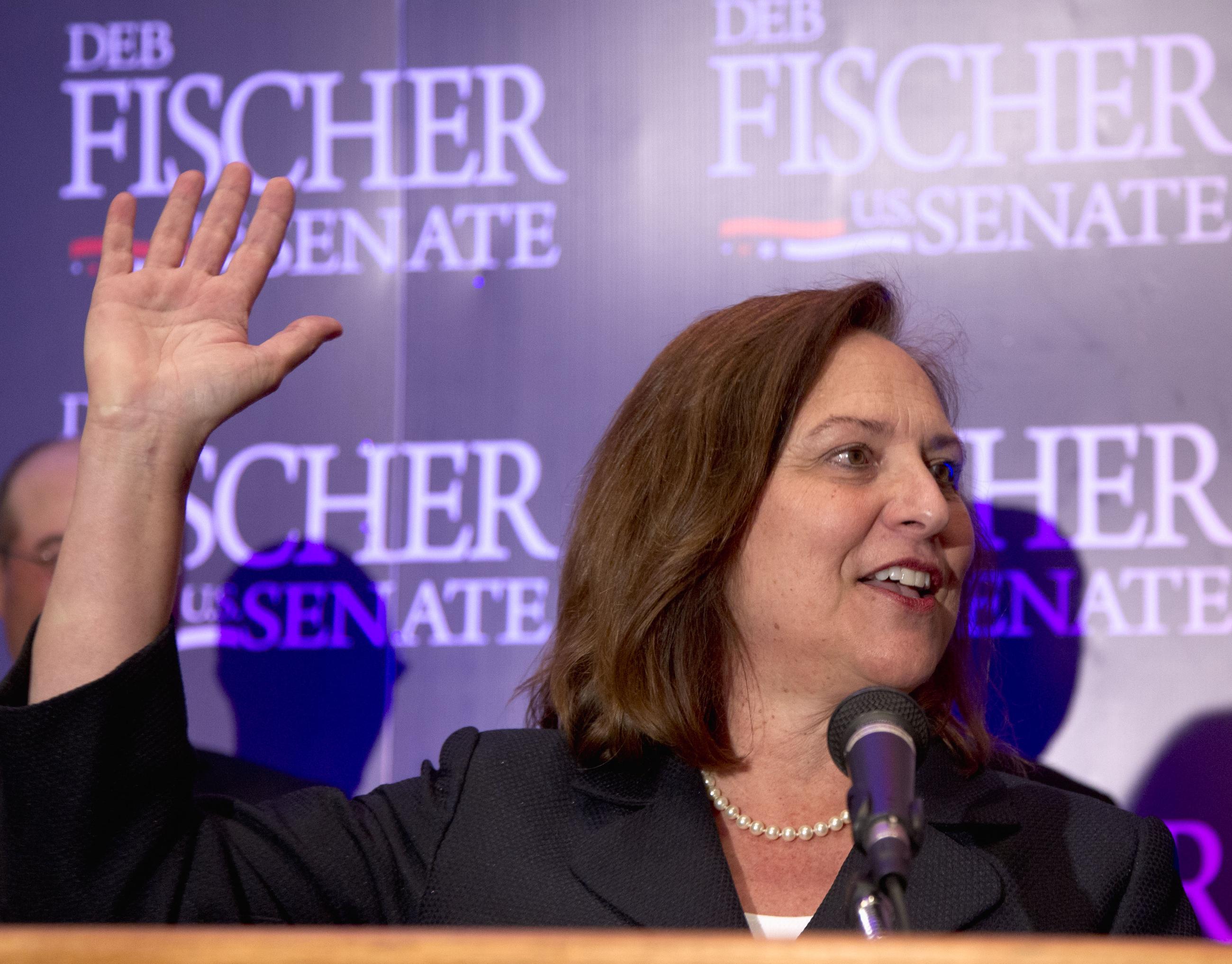Much of the federal government went dark early Wednesday morning after lawmakers failed to reach a deal on government funding. But that didn’t stop the Trump administration from looking to use the shutdown as an opportunity to make more cuts and further reshape Washington.
And it has already begun swinging the axe: Office of Management and Budget Director Russell Vought has begun to make good on his threats of additional cuts and further layoffs now that the shutdown has occurred.
Speaking to reporters at Wednesday’s White House press briefing, Vice President J.D. Vance said layoffs would happen soon, unless Congress resolves the funding impasse.
“If this thing drags on for another few days or, God forbid, another few weeks, we are going to have to lay off people,” Vance said. “We’re going to have to save money in some places so the essential services don’t get turned off in other places.”
How many people and how much money remains unclear. Vought ran through details with Republican House lawmakers first on a private call Wednesday, according to White House press secretary Karoline Leavitt, who said she was unable to offer details about the scope or timing of layoffs.
The prospect of permanent layoffs and other cuts sets the nascent shutdown apart from past funding lapses. Generally, federal workers are either furloughed without pay, or deemed critical and stay on, again, without pay.
Without citing the layoffs directly as the catalyst, Vought on Wednesday morning began the slashing by targeting New York, the home state of Senate Minority Leader Chuck Schumer and House Minority Leader Hakeem Jeffries. OMB announced it would be halting $18 billion for infrastructure projects “to ensure funding is not flowing based on unconstitutional DEI principles.”
“It's a disgusting thing, and it shows how little regard Vought and Trump have for working families,” Schumer told reporters on Wednesday. “New Jersey families need this to commute. New York families need this to commute. It shows they are totally using average American working families as pawns.”
A few hours later, Vought said he had cancelled renewable-energy projects in a number of blue-leaning states. “Nearly $8 billion in Green New Scam funding to fuel the Left's climate agenda is being cancelled,” Vought posted to X on Wednesday afternoon.
Less than 24 hours into the shutdown, the Trump White House is working off a different and more aggressive playbook than previous administrations.
The perils of a long shutdown
The impact a shutdown has on the federal government varies based on its length. In short shutdowns of only a few days, there is little disruption. Longer shutdowns can have a greater impact on federal agencies and the taxpayers who rely on them.
When the government closes, services that are deemed critical to the protection of life and property generally continue. Agencies draft contingency plans detailing who goes home and who must remain to work. In this shutdown, agencies posted their contingency plans to their own websites, with many publicizing them in the past few days.
And some did so in highly political ways unseen before. “The Radical Left in Congress shut down the government. HUD will use available resources to help Americans in need,” blares a pop-up ad greeting visitors to the Housing and Urban Development Department home page.
Some departments will be hit harder than others.
Agencies already targeted by the Trump administration will see drastic reductions in workforce over the shutdown. The Education Department, which Trump has ordered closed, will see 1,485 of 1,700 workers sent home. It will, however, continue to disburse student loans and Pell Grants. The Environmental Protection Agency, another White House target, will see more than 13,000 of its 15,166 workers furloughed, though the agency will continue to operate Superfund sites where a work stoppage would pose an imminent threat to the public.
Elsewhere, the cuts are less severe. The Homeland Security Department, which has seen a sharp expansion to enact the Trump administration’s border and immigration policy, will furlough only 14,184 of its more than 270,000 employees. DHS will continue law enforcement operations, including drug interdiction and border enforcement. The Transportation Department will furlough about 17,000 of its 56,819 employees. Aviation rulemaking and other oversight duties will cease, but critical work such as safety inspections and air-traffic control will continue.
Air-traffic controllers have a unique role in government-shutdown history. During the 2018-2019 shutdown, the longest in U.S. history, air-traffic controllers were deemed essential and worked through the shutdown without pay. Eventually, staffing issues cropped up, workers called in sick, and the nation’s air-travel system suffered under the strain. The absence of controllers caused New York’s La Guardia airport to temporarily close and caused significant delays at other airports. The incidents helped push Congress and the White House back to the negotiating table.
‘The game that Democrats are playing’
House Speaker Mike Johnson on Wednesday defended the administration’s actions, saying Schumer handed “the keys to the president” as well as an “opportunity to downsize the government on priorities and policies and personnel that they deem to be non-essential.”
“If [Schumer] makes the decision to shut the federal government down, he's shutting down the legislative branch, and he is giving the authority to the executive," Johnson said. "That's how the system works. And he's made that decision.”
Not every Republican was sold by the White House’s plan, but they still blamed Democrats for not supporting their stopgap funding bill.
When asked if he thought cutting funds in the midst of a shutdown was appropriate, Senate Majority Leader John Thune responded of Democrats: “Vote to open up the government, that issue goes away, right?” he said. “It’s pretty straightforward. I’m not controlling what they’re gonna do. They’re gonna manage the shutdown. This is the game that Democrats are playing and they know it.”
Senate Appropriations ranking member Patty Murray told National Journal, “This is not time for kids to be fighting on a playground. Russell Vought uses taunts. So does the president. They use threats. Why do they want to hurt the American people? You would think, if they wanted to do the right thing for this country, for the people in this country, they would work with us to solve these problems, not threaten people.
“That's not how you solve anything. And that kind of level of taunting and scaring people—keep scaring people. You've been doing it for nine months. What's different?” she asked.
Some federal agencies and employees were also asked not to blame Trump for the shutdown in a memo that was circulated Tuesday evening.
“Democrats have shut down the government,” says the Justice Department homepage.

